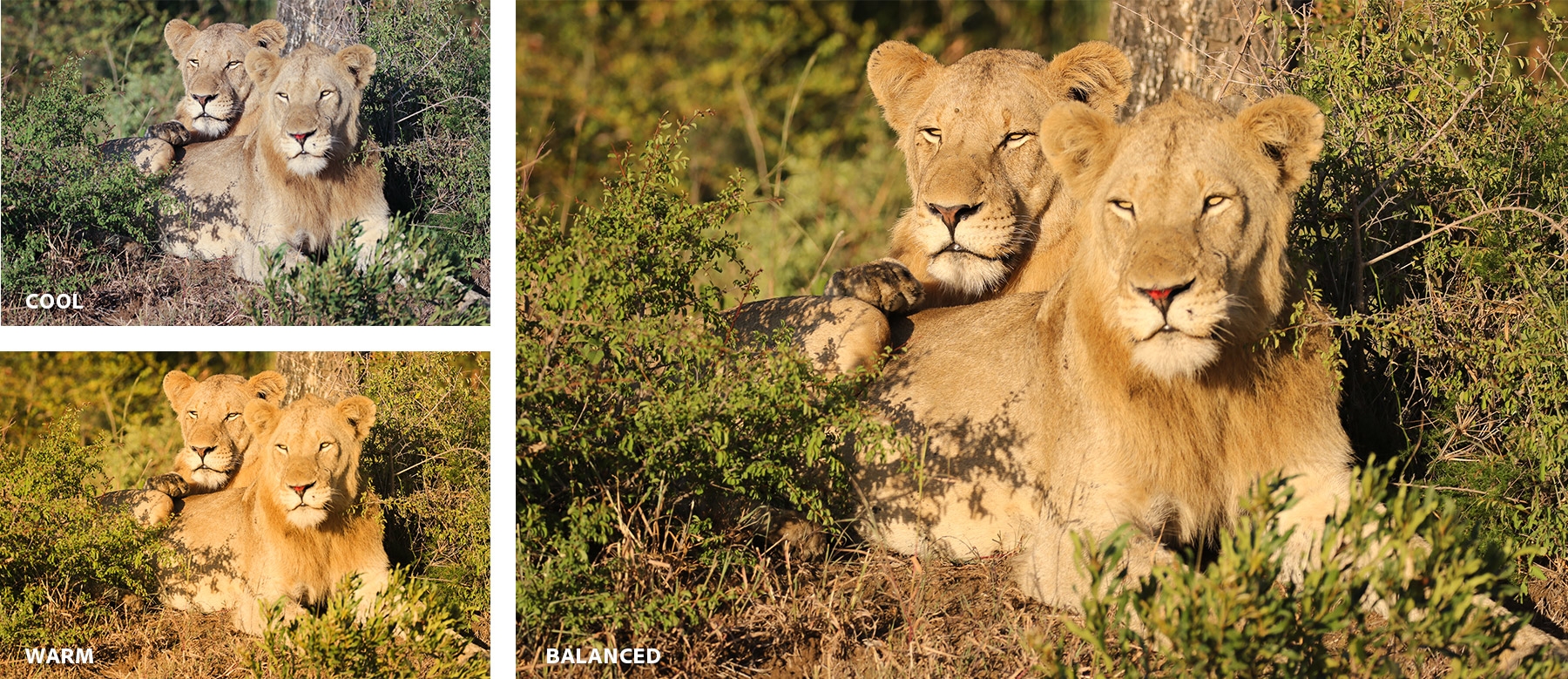So, you’ve captured some spectacular shots at an airshow and are itching to share them with the world? Submitting your airshow photos to iStock can be a thrilling way to showcase your work while also earning some extra income. But before you dive in, it's important to understand the submission guidelines and what makes a great airshow photo. Trust me, knowing these key elements can make or break your chances of acceptance!
Choosing the Right Airshow Photos

When it comes to submitting airshow photos, not every shot you take will make the cut. To increase your chances of acceptance on iStock, you need to curate a selection of images that truly stand out. Here are some essential tips to consider:
- Focus on Quality: Ensure that your photos are high resolution and well-composed. Grainy or blurry images won't be accepted. Aim for images that are at least 300 DPI for best results.
- Capture Unique Moments: Look for the shots that tell a story. Whether it's a stunning aircraft flying upside down or the crowd's awe, unique moments create a deeper connection with the viewer.
- Consider Lighting: Lighting can drastically change the atmosphere of your photo. Golden hour (just after sunrise or before sunset) often provides the most beautiful and dramatic lighting.
- Keep It Themed: Different airshows focus on various types of aircraft, from classic warbirds to modern jets. Tailor your submissions based on the theme to align with what buyers might be looking for.
- Think About Composition: Use compositional techniques like the rule of thirds or leading lines to create engaging photos. A well-composed shot draws the eye and enhances the overall impact.
- Incorporate People: Shots that feature interactions between pilots and the audience or avid fans watching the aeronautics can add a human element, making your photos more relatable and interesting.
Remember, the goal is to showcase your unique perspective and passion for aviation. By carefully selecting the airshow photos that resonate with you, you’ll be on your way to increasing your chances of acceptance on iStock!
Also Read This: LinkedIn Stories and New Platform Features Overview
3. Understanding iStock Submission Guidelines

Submitting your airshow photos to iStock can be an exhilarating experience, but it’s crucial to be well-versed in their submission guidelines to improve your chances for acceptance. iStock has specific requirements designed to ensure that only high-quality and legally compliant images make it onto their platform.
First and foremost, familiarize yourself with the types of images that iStock accepts. They specifically encourage creative, unique photographs that tell a story or convey emotion. Keep an eye out for their trending styles, as submitting images that align with current market demands can boost your visibility. Here are some key points to remember:
- Quality over Quantity: iStock values high-resolution, well-composed images. Aim for clarity and detail.
- Model and Property Releases: For any recognizable people or private property in your shots, you must have the necessary releases.
- Relevant Keywords and Descriptions: Accurate tagging and descriptive captions help your photos get discovered.
- Original Work: Ensure that your submissions are your own creations and not replicas or derived works from other artists.
Lastly, keep an eye on their community guidelines. iStock expects contributors to be respectful, embrace diversity, and avoid any content that could be perceived as offensive or discriminatory. Knowing these guidelines will help your submission process run much more smoothly.
Also Read This: Explore the Steps to Download Reel from Facebook Effectively!
4. Technical Requirements for Airshow Photography
When it comes to airshow photography, technical requirements are key to ensuring your images not only meet iStock's standards but also stand out in a competitive marketplace. Let's break down what you need to keep in mind:
| Requirement | Description |
|---|---|
| Image Resolution | Images should be at least 4 megapixels; however, higher resolutions are advantageous for buyers. |
| File Format | JPEG is the most accepted format. Ensure your images are saved at the highest quality. |
| Color Profile | Use RGB color profiles for vibrant colors. Avoid CMYK as it may not display well on digital platforms. |
| Focus and Clarity | Images should be sharp and well-focused, especially for the subjects flying at airshows. |
| Stability | Utilize a tripod or stabilization techniques to minimize motion blur during high-speed actions. |
Don’t forget to edit your photos in post-processing to enhance colors, contrast, and details. A little touch-up can elevate your images dramatically. Always check your work before submission to ensure that it meets all of iStock’s technical requirements, and you’ll be on your way to getting your stunning airshow photos accepted!
Also Read This: Photographic Mastery: Techniques for Taking Good Photos for eBay
5. Editing Your Photos for Submission
Editing your photos before submitting them to iStock is an essential step that can significantly enhance your chances of acceptance. Whether you're a seasoned photographer or just starting out, proper editing can take your airshow images from good to great!
Here are some key aspects to consider when editing your photos:
- Resolution: Always submit your images in high resolution. A minimum of 4 MP is recommended. This ensures your shots are crisp and can be scaled for various uses.
- Color Correction: Adjusting brightness, contrast, and saturation can make your photos pop! Avoid over-saturation, though – natural colors tend to sell better.
- Cropping: Make sure to crop your photos to focus on the subject. A well-composed image often stands out more prominently. Use the rule of thirds to guide your cropping choices.
- Noise Reduction: If you shot in low light, your photos may have noise. Tools like Adobe Lightroom or Photoshop can help reduce this without sacrificing detail.
- Sharpening: Apply a light touch of sharpening to enhance details. Be careful not to overdo it, as this can lead to unnatural-looking images.
Lastly, save your files in the correct format. JPEG is the preferred choice for iStock, and it provides a good balance of quality and file size. With these editing tips, you can present your best work and increase your chances of acceptance on iStock!
Also Read This: How to Change the Print Size of an Image on iPhone
6. Writing Effective Captions and Keywords
Once you’ve polished your airshow photos, the next step is to write effective captions and keywords. These elements are crucial in helping potential buyers find your images, so let’s break it down.
When crafting captions, keep these pointers in mind:
- Be Descriptive: Clearly describe what is happening in the photo. Mention the event, aircraft type, and any notable features. For example, "A graceful aerobatic maneuver performed by a Blue Angles jet during the annual airshow."
- Include Context: Share relevant information about the airshow. Dates, locations, and even the significance of the event can add value to your caption.
- Keep it Concise: While detail is good, brevity is important too. Aim for clarity and avoid fluff.
Now, moving to keywords – these are essential for search optimization. Consider the following:
- Relevant Terms: Use keywords that are directly relevant to your photo. Think about what potential buyers might search for. For example, "airshow," "aviation," "aircraft," etc.
- Diversity: Include a mix of specific and general keywords. While specifics enhance relevance, general terms broaden exposure.
- Limit the Number: iStock allows a certain number of keywords per image. Aim for 10-15 well-chosen keywords to maximize your reach without going overboard.
By combining effective captions with strategic keywords, you'll not only enhance visibility but also engage buyers effectively. With a little practice, you'll find your submissions gaining traction and visibility in no time!
Also Read This: How to Use Adobe Stock Templates in Premiere Pro: A Step-by-Step Guide
7. Common Pitfalls to Avoid When Submitting Photos
When it comes to submitting your stunning airshow photos to iStock, avoiding common pitfalls can mean the difference between acceptance and rejection. Let’s dive into some of the most frequent mistakes photographers make:
- Ignoring the Technical Requirements: Every platform has specific requirements regarding photo size, resolution, and format. Double-check iStock’s guidelines to ensure you’re complying with their standards.
- Neglecting the Metadata: Failing to properly fill out your metadata can hinder your photo’s discoverability. Use relevant keywords, titles, and descriptions to enhance visibility.
- Submitting Overly Edited Photos: While post-processing is essential, excessive edits can lead to a photo being rejected. Aim for natural-looking images that showcase your talent without going overboard.
- Choosing the Wrong Subjects: Airshow photos are captivating, but think critically about composition and subject matter. A photo of a jet with a cluttered background may not resonate as strongly with potential buyers.
- Overlooking Legal Releases: It’s vital to have model releases for identifiable people in your shots, especially if you’re shooting crowds at an airshow. The same goes for property releases when photographing specific aircraft or locations.
- Forgetting to Research Trends: Before you submit, check what kind of photos are trending on iStock. This helps you gauge the current market and tailor your submissions accordingly.
Avoiding these pitfalls will increase your chances of having your airshow photos accepted and gain visibility among potential buyers!
8. Conclusion and Final Tips for Success
Submitting airshow photos to iStock can initially seem daunting, but with the right approach, you can enhance your chances of success. Here are some final tips to keep in mind:
- Stay Consistent: Make it a habit to regularly submit photos. Consistency helps you learn from feedback and improves your portfolio over time.
- Engage with the Community: Participate in online forums and photography groups. Networking with other contributors can provide valuable insights and support.
- Keep Learning: Photography is an evolving art. Continuously improve your skills through courses, tutorials, and practice.
- Review Your Work: Before submitting, take a moment to review your work critically. Ask for feedback from peers, and don’t be afraid to edit or reject your own photos if they don’t meet your standards.
- Be Patient: Acceptance does not always happen overnight. Be prepared for rejections and consider them as learning opportunities instead of setbacks.
By following these tips and being mindful of common pitfalls, you're well on your way to successfully submitting your airshow photos to iStock. Good luck, and happy shooting!
 admin
admin








